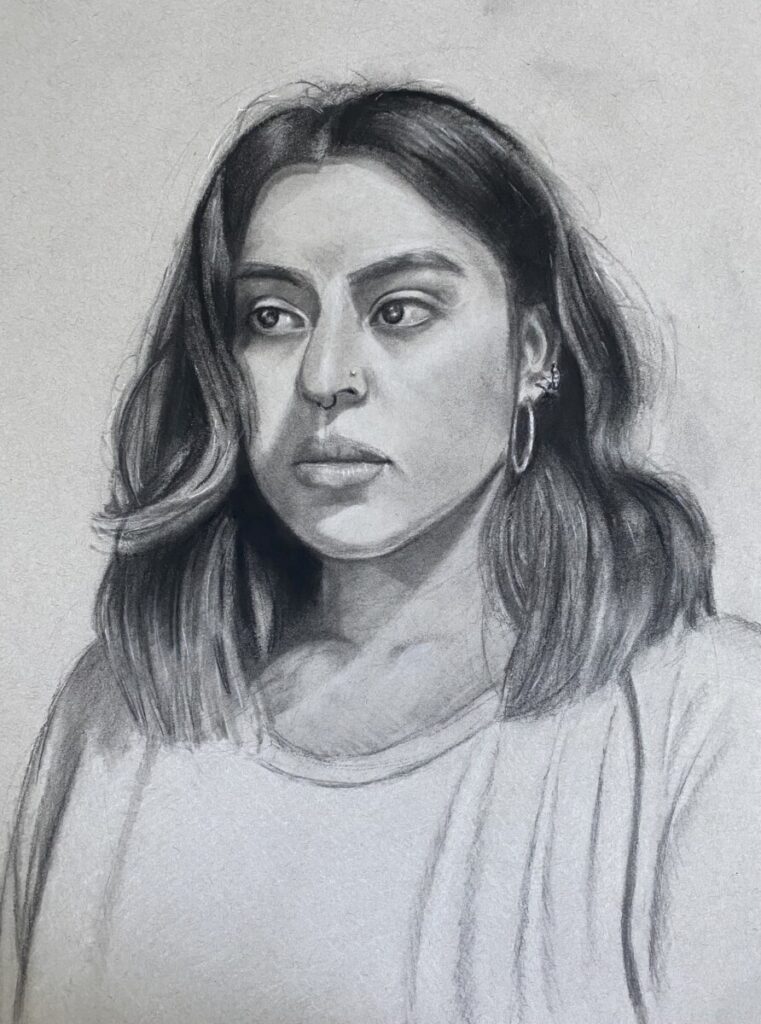The first thing that comes to mind when thinking about what design is, is my thought process when beginning a design. Perhaps the definition of design is the process that every individual designer takes to get the most successful design. That then continues to the question of what exactly defines a successful design. Personally, a successful design could be whatever best communicates the message a company or business is trying to portray. Whatever fits best with the communication or better represents. But leading back to what design is for a person, their process to the final results could be what defines design to them and overall.
This connects to what I mentioned in my previous comment under the video post where I discussed how design is our process in which we choose what elements and principles we want to use and why. How we have the mind to explore theory of design in order to view and understand why design choices were made to successfully communicate what was being asked for. This process would be what distinguishes and separates a designer from a normal engineer or person who simply sees graphics in a practical manner rather than more meaning. It is also different from other forms of art like observational, where your direct goal is to illustrate whats in front of you. In design, you can go multiple routes that work for the one project.
Overall in society, design is for communicating a purpose or thought. Each graphic designers thoughts are influenced by theories and insights on elements and principles of design. The question of whether a design is good or bad does not need to be a rigid yes or no. Thus why theories comes into play very well. Design is a unique process for all, as long as the purpose is communicated best.





Recent Comments